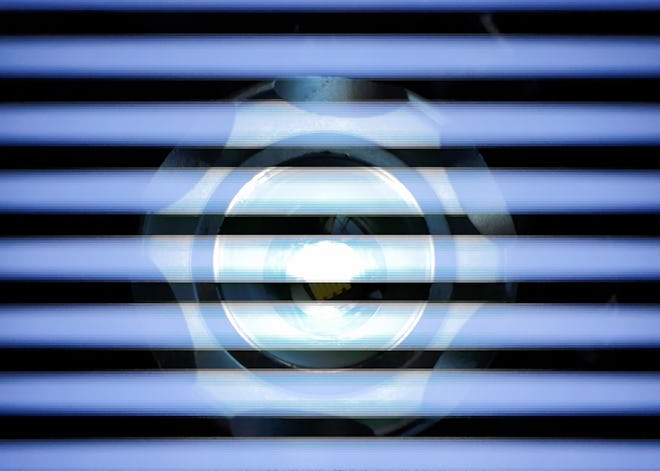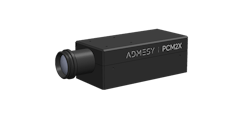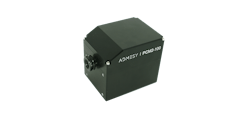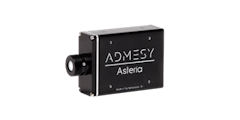
Flicker
Almost any light source that emits light shows fluctuations in light output. These fluctuations can be caused by mains or power supplies / drivers and differs for each type of light source and type of power supplies. Especially from health and well-being point of view, determination of flicker of light emitting sources becomes more and more important. Rapidly growing applications of LED/SSL products demand for quality assessment which include measuring flicker. In lighting industries, the flicker value is typically expressed as a percentage or flicker index. Admesy offers products and support to carry out flicker measurements according to international standards.
| Asteria | |
|---|---|
| Luminance | yes |
| Illuminance | yes |
| Luminous intensity | yes |
| Luminous flux | |
| Flicker | yes |
The Asteria light meter is capable of detecting flicker at high sample rates [186567] samples per second. Currently flicker percentage, flicker index as well as IEEE 1789 flicker recommendation are supported. For more information about flicker measurements of lighting systems, please take a look at our application guide and technical note.
How are you measuring?
With fibers and other accessories even more type of measurements are possible. Often used accessories are integrating spheres, cuvettes for fluids, light sources or filter holders.
A cosine corrector collects the light from the half space under 180 degrees. A typical application is the illuminance measurement of a lighting situation.
Consumers are used to enjoy top-quality displays in their mobile phones, tablets, laptops and even cars. Emerging technologies such as lighting surfaces for office and home illumination are expected to look equally perfect. Both displays and luminous surfaces are the main application areas for imaging colorimeters.
Measuring the luminance or color values at a specific location of the device under test is a typical use case when measuring displays. It can, however, also be meaningful to assess reflected light.
PCM2X-271

0.000 025 - 30 000 cd/m²
PCM2X-270

0.000 05 - 60 000 cd/m²
PCM2X-102

0.000 05 - 60 000 cd/m²
PCM2-100

0.0003 - 15 000 cd/m²
Viewfinder Spectrometer

Standard lens 1.2° spot ⌀ 4.56 mm ‑ 6.71 m
Viewfinder Spectrometer

Close up lens 0.75° spot ⌀ 0.96 ‑ 1.47 mm
Colorimeter 2.1 mm

0.001 - 30 000 cd/m²
Colorimeter 5 mm

0.001 - 30 000 cd/m²
Colorimeter 10 mm

0.001 - 30 000 cd/m²
Colorimeter 10 mm wide-angle

0.000 3 - 7 500 cd/m²
Colorimeter 20 mm

0.0003 - 7 500 cd/m²
Colorimeter 27 mm wide-angle

0.0001 - 2 800 cd/m²
Spectrometer

VIS 380 - 780 nm
High-End Spectrometer

VIS 360 - 940 nm




